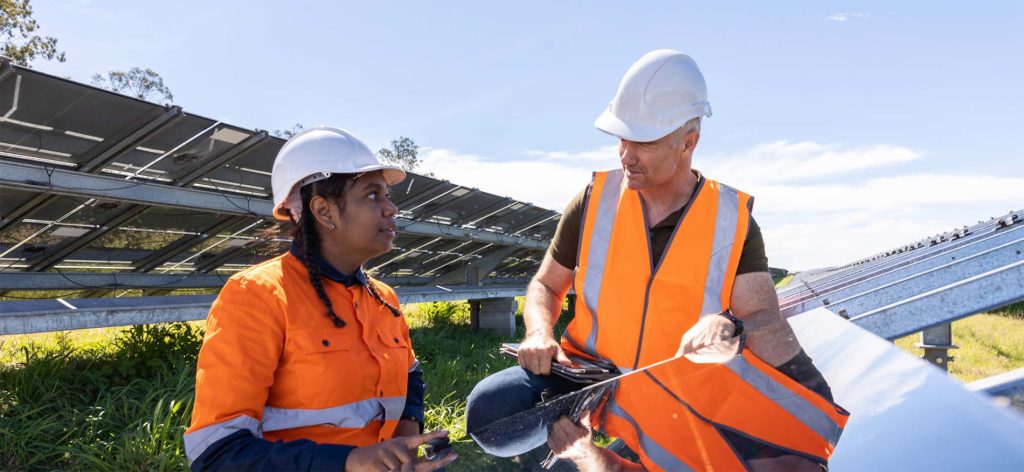Candidate shortages & the Australian job boom in 2023
With high inflation and Australian businesses having ramped up production and expansion in 2022, the unemployment rate dropped to 3.4%, the lowest since 1974. Australian businesses increased hiring activity throughout the year to meet supply shortage demands, forcing today’s job market into a ‘job boom’. The Internet Vacancy Index (IVI), a monthly count of online…
With high inflation and Australian businesses having ramped up production and expansion in 2022, the unemployment rate dropped to 3.4%, the lowest since 1974.
Australian businesses increased hiring activity throughout the year to meet supply shortage demands, forcing today’s job market into a ‘job boom’. The Internet Vacancy Index (IVI), a monthly count of online job vacancies, is currently 62.3% higher than pre-covid levels.
Recruitment difficulty in Australia reached 70% in 2022. To put this into perspective, recruitment difficulty was 37% in February 2021 and continued to rise steadily. With labour shortages and an increase in vacancies, businesses should expect tough hiring conditions to continue throughout 2023.
Low unemployment rates are synonymous with high inflation. The RBA predicts inflation will peak at 8% in 2023 and then decline over the next year. If inflation remains high, the labour market will remain tight. The RBA predicts unemployment to rise to only 4% by the end of 2024, which is still lower than pre-COVID levels.
Australian businesses should be aware that wage growth will continue to rise amidst tough competition for talent and higher inflation. Offering salaries that are too high or too low will have implications, which we explore in our guide below.
If you’re looking for a specialist to partner with to overcome the market challenges, contact our team today to learn what a tailored recruitment solution would look like for your business.
If you’re looking for hiring advice in 2023, take a look at our hiring guide below.








